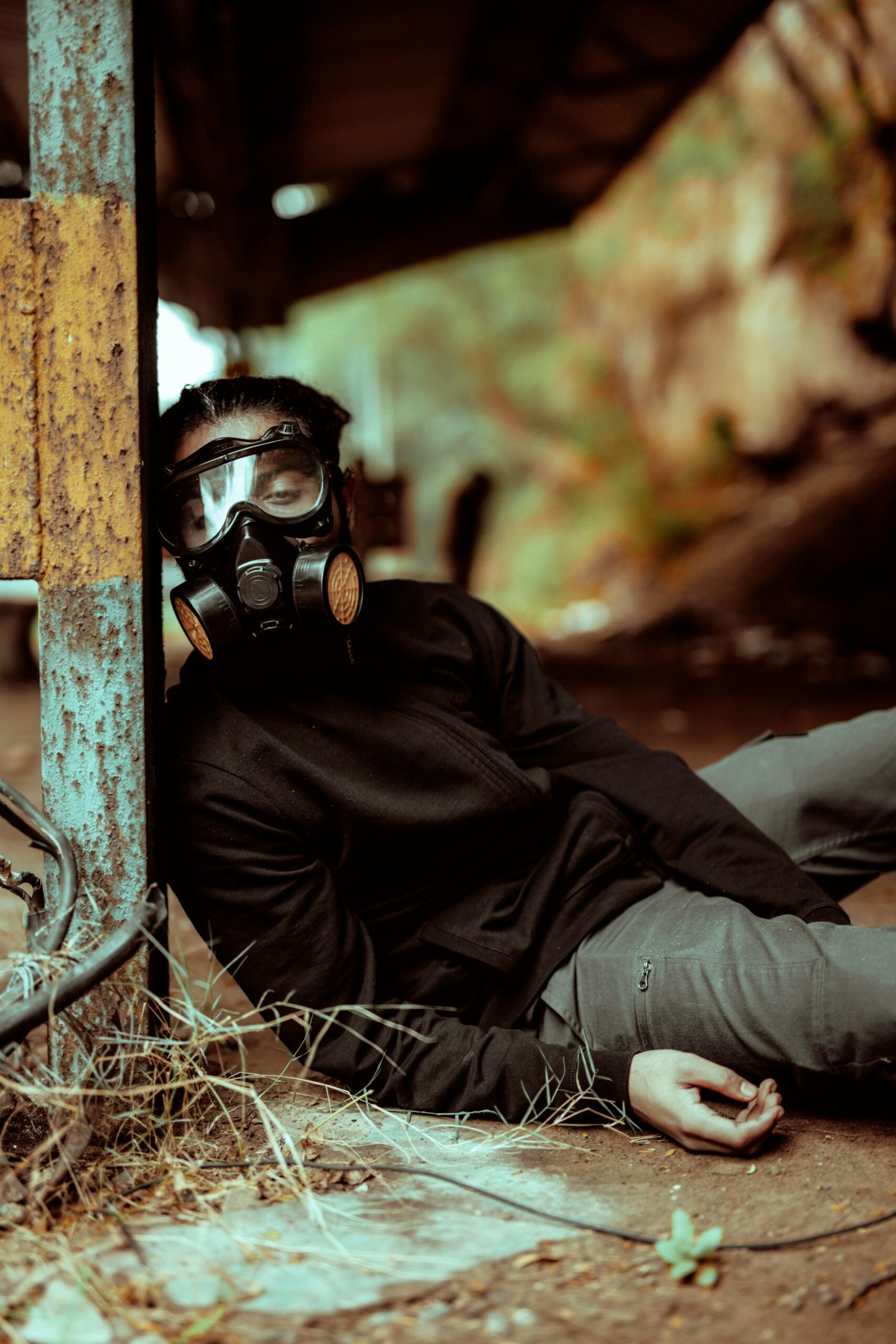The Importance of Understanding the Causes of Chemical Accidents
Chemical accidents can have devastating consequences, ranging from injuries and fatalities to environmental damage and economic losses. It is crucial to understand the causes of these accidents in order to prevent them from happening in the future. By identifying the root causes, we can develop effective strategies and measures to mitigate the risks associated with handling and storing hazardous chemicals.
Human Error: A Leading Cause of Chemical Accidents
One of the primary causes of chemical accidents is human error. Mistakes made by workers during the handling, transportation, or storage of hazardous chemicals can lead to spills, leaks, or even explosions. These errors can occur due to a lack of training, inadequate supervision, fatigue, or complacency. It is essential for organizations to invest in comprehensive training programs and implement strict safety protocols to minimize the risk of human error.
Inadequate Safety Measures and Equipment
Another common cause of chemical accidents is the lack of proper safety measures and equipment. Failure to implement adequate safety protocols, such as using appropriate personal protective equipment (PPE) or installing safety devices, can increase the likelihood of accidents. Employers must ensure that their facilities are equipped with the necessary safety features and that employees are trained to use them effectively.
Equipment Failure and Malfunction
Equipment failure and malfunction can also contribute to chemical accidents. Aging infrastructure, faulty machinery, or inadequate maintenance can lead to leaks, spills, or other hazardous situations. Regular inspections, maintenance, and upgrades are crucial to prevent equipment failures and minimize the risk of accidents.
Chemical Incompatibility and Reactive Hazards
Chemical incompatibility and reactive hazards pose significant risks in many industries. When incompatible chemicals come into contact with each other, they can react violently, causing fires, explosions, or toxic releases. It is essential to properly store and segregate chemicals to prevent accidental mixing and minimize the potential for reactive hazards.
Poor Communication and Coordination
Effective communication and coordination are vital in preventing chemical accidents. Misunderstandings, lack of clear instructions, or inadequate communication channels can lead to mistakes and accidents. Establishing clear lines of communication, promoting a culture of open dialogue, and ensuring that information is effectively shared among all stakeholders can help prevent accidents and improve overall safety.
Environmental Factors
Environmental factors, such as extreme weather conditions or natural disasters, can also contribute to chemical accidents. Floods, earthquakes, hurricanes, or power outages can disrupt operations, damage infrastructure, or compromise safety systems, leading to accidents. It is crucial for organizations to assess and mitigate the risks posed by environmental factors to ensure the safety of their facilities and employees.
Insufficient Regulatory Compliance
In some cases, chemical accidents occur due to a lack of compliance with safety regulations and standards. Failure to adhere to legal requirements, such as proper labeling, documentation, or reporting, can increase the risk of accidents. It is essential for organizations to stay updated with relevant regulations and ensure strict compliance to minimize the potential for accidents.
The Role of Risk Assessment and Management
Risk assessment and management play a crucial role in preventing chemical accidents. By identifying potential hazards, evaluating their likelihood and consequences, and implementing appropriate control measures, organizations can effectively mitigate risks. Regular risk assessments, ongoing monitoring, and continuous improvement are essential to maintain a safe working environment.
Conclusion
Understanding the causes of chemical accidents is essential for preventing future incidents. By addressing human error, implementing adequate safety measures, maintaining equipment, managing chemical compatibility, improving communication, considering environmental factors, ensuring regulatory compliance, and conducting thorough risk assessments, organizations can significantly reduce the risk of chemical accidents. The safety and well-being of workers, the environment, and the community depend on our commitment to preventing these accidents and continuously improving safety standards.
